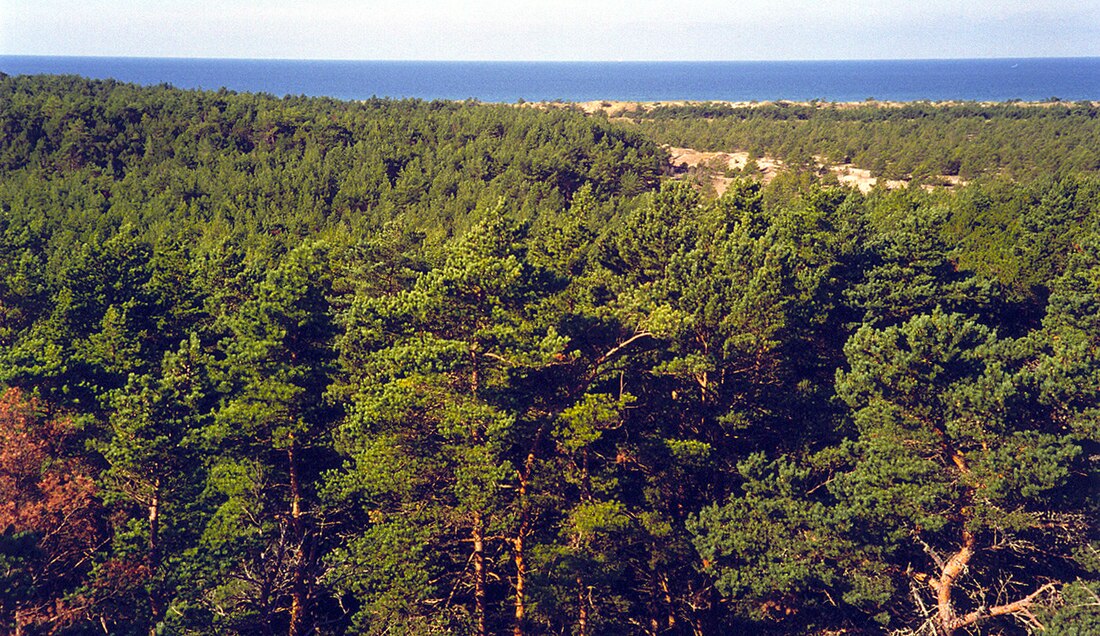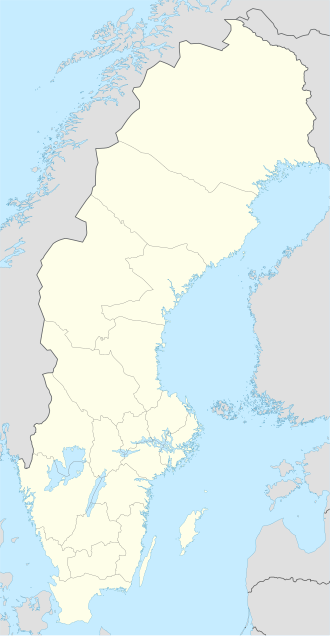Top Qs
Timeline
Chat
Perspective
Gotska Sandön
Swedish island From Wikipedia, the free encyclopedia
Remove ads
Gotska Sandön (literally translated as "The Gotlandic Sand Island") is an uninhabited Swedish island north of Gotland in the Baltic Sea. It has been a national park since 1909.
Remove ads
Geography
Sandön is situated 38 km (24 mi) north of Fårö in the Baltic Sea. Legally a part of Gotland province, it is approximately 9 km (5.6 mi) long and 6 km (3.7 mi) wide, with a total area of approximately 36 km2 (14 sq mi). The island is part of Fårö socken (not to be confused with parish).[2] It comprises the same area as the administrative Fårö District, established on 1 January 2016.[3]
On the northwest tip of the island is a church, Gotska Sandön Chapel.[4] As of 2019[update], Gotska Sandön Chapel along with Fårö Church belong to Fårö parish in Norra Gotlands pastorat.[5][6]
During the summer, there are regular boat tours from Fårö Island and Nynäshamn on the mainland.
Remove ads
Nature of Gotska Sandön
The island consists mostly of sand and is dominated by beaches, dunes and especially pine forests. Aside from a colony of grey seals, the higher fauna is not very rich. Terrestrial or aerial mammals include mountain hares and bats. However, the island is home to many rare insects and plants, including the Kashubian vetch and several species of orchid.
Climate
Summarize
Perspective
Despite its isolation from sizeable landmasses, Gotska Sandön's oceanic climate is warm for its latitude. The Scandinavian Peninsula to the west, Gotland to the south and the Baltic landmass to the east contribute to warmer summers and frequent winter frost, giving the island a far broader temperature range than, for example, the similarly isolated Fair Isle, which lies one degree further north some distance off the coast of Scotland. In spite of this range, summer highs are cool by the standards of southern Sweden, and winter nights are among the mildest in the country.
Gotska Sandön has significant seasonal lag: despite dwindling daylight hours, August is much warmer than June, while March days are both longer and colder than those in December.
Remove ads
Gallery
- A track through the sand dunes, popularly called "Schipka Pass"
- The north-eastern coast
References
External links
Wikiwand - on
Seamless Wikipedia browsing. On steroids.
Remove ads






